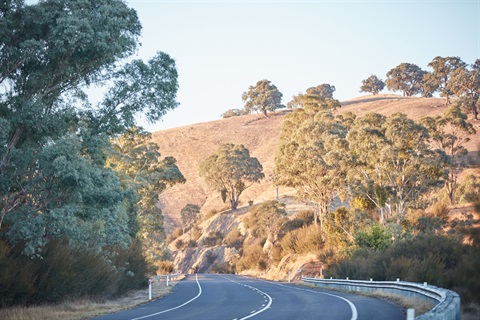Beachgoers can turn their visits to pristine national park beaches and spectacular lookouts into data for science by joining the CoastSnap citizen science community with a simple snap from their mobile phone.

Photographing a stunning NSW beach and sharing the image via the CoastSnap App or on social media helps coastal researchers track beach responses to changing ocean conditions, said NSW Department of Planning and Environment (DPE) senior scientist Dr Michael Kinsela.
‘Beach enthusiasts have submitted over 7000 photos at NSW sites and 10,000 photos to the app since the program first began at Manly Beach in 2017,’ he said.
‘The success of that first station has seen CoastSnap explode into a global project, with now more than 180 CoastSnap stations in 20 countries, including France, Colombia and The Netherlands.
‘New CoastSnap stations are currently being installed in much-loved coastal national parks to add to the popular beach monitoring program.
‘National parks surround nearly half of the NSW coastline so these photos can give important insights into beach erosion that can impact habitats for shorebirds and sea turtles, and important coastal vegetation communities.’
Each CoastSnap station features a special smart phone cradle that beach visitors simply rest their phone on to make sure all beach snaps are captured from the same location and angle. Each image is then converted into precision beach mapping to track the changing shoreline.
‘Our department scientists can’t be everywhere at once, so the CoastSnap data helps us understand how each beach responds to changing ocean conditions and storms, giving us insight into how beach erosion and recovery cycles vary along the coast,’ Dr Kinsela said.
‘Thanks to CoastSnap, everyone’s photos are taken from the same position and angle whenever they visit the beach. Over time the database helps scientists measure the changing beach width, shape and movement of the shoreline.’
The new CoastSnap locations in national parks are:
- Sugarloaf Point Lighthouse – Myall Lakes National Park
- Birubi Point – Worimi Conservation Lands
- Barrenjoey Lighthouse – Ku-ring-gai Chase National Park
- Clarkes Beach – Cape Byron State Conservation Area
- Fishermans Lookout, The Pass – Cape Byron State Conservation Area
- Woolgoolga Headland – Coffs Coast Regional Park
- Smoky Cape Lighthouse – Hat Head National Park
- Disaster Bay Lookout – Ben Boyd National Park
‘The new CoastSnap stations will all be installed by the end of March and will help the National Parks and Wildlife Service to conserve and manage coastal habitats and heritage at these locations,’ Dr Kinsela said.
There are CoastSnap stations at 20 other locations in New South Wales, including 2 in Sydney’s Royal National Park (Garie and North Era beaches), and one in the Cape Byron State Conservation Area looking south over Tallow Beach.
CoastSnap is a collaboration between coastal researchers from the Department of Planning and Environment and the UNSW Water Research Laboratory. Photos can be uploaded via the CoastSnap App, shared on social media using the station hashtag or submitted by email.
To learn more about the CoastSnap beach monitoring project and to download the app, visit CoastSnap beach monitoring.
You can also find out about other NSW citizen science projects near you by checking out the SEED Citizen Science Hub.








